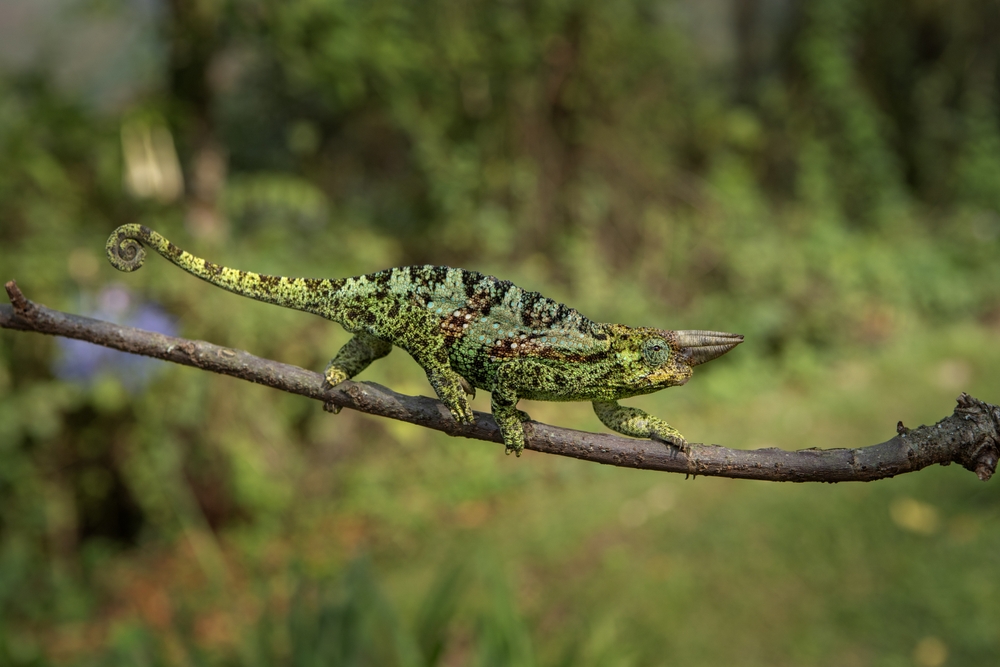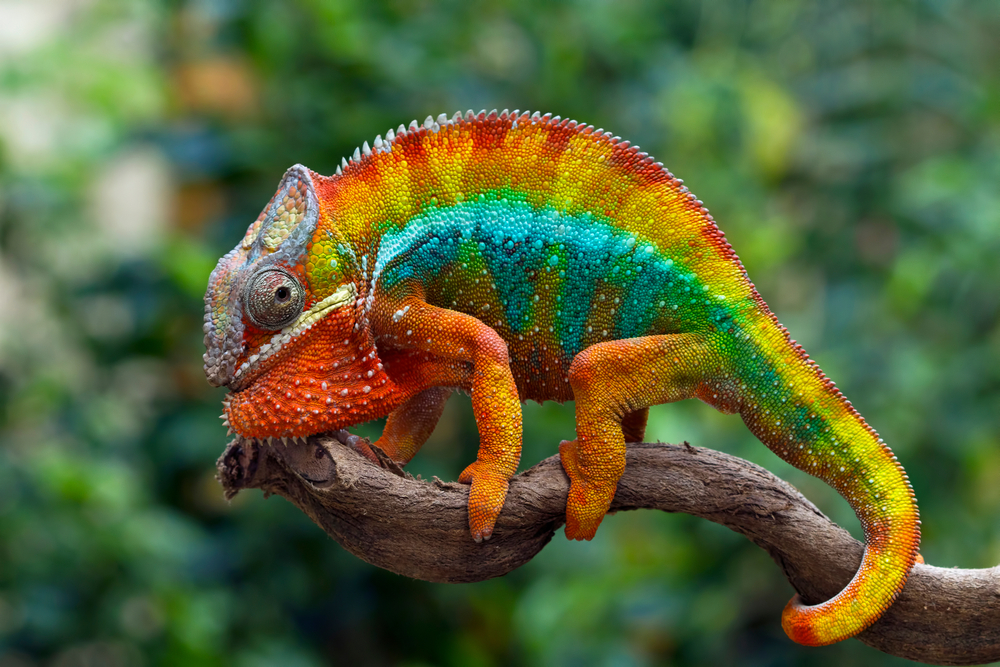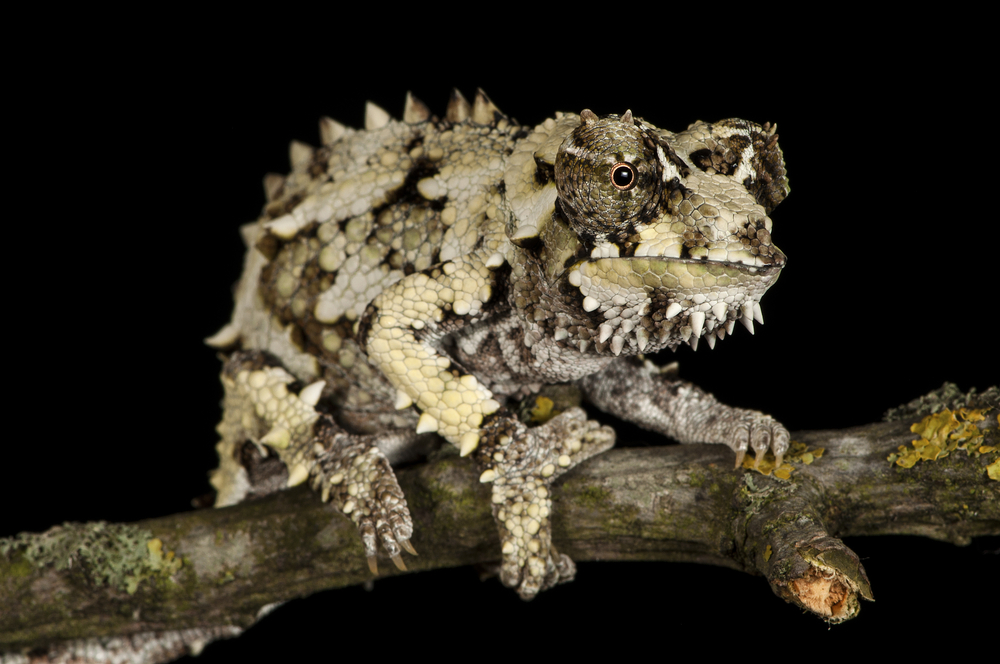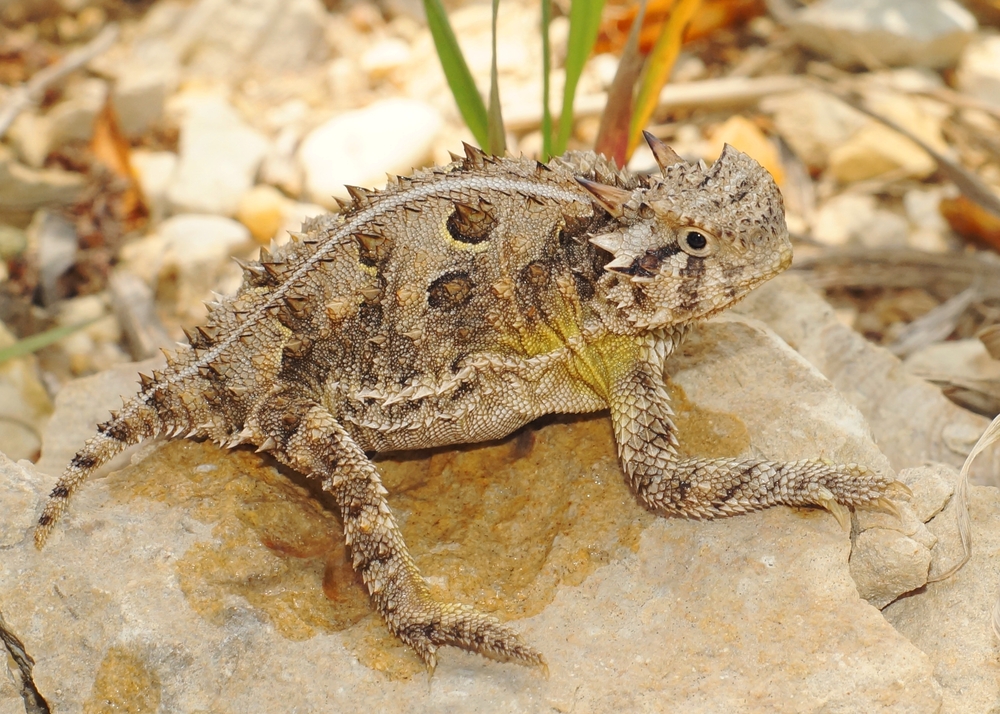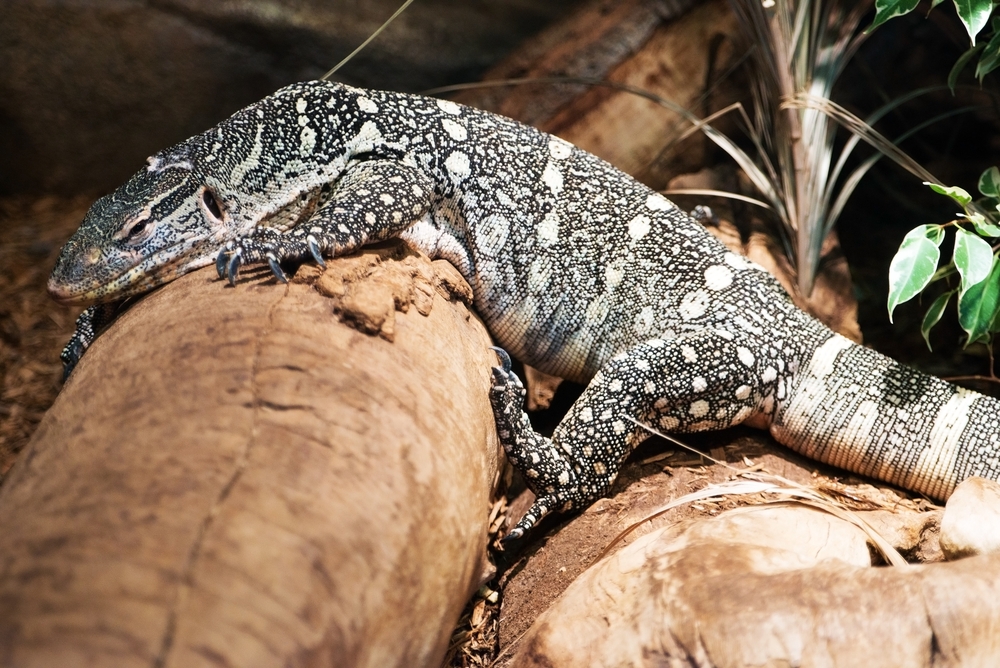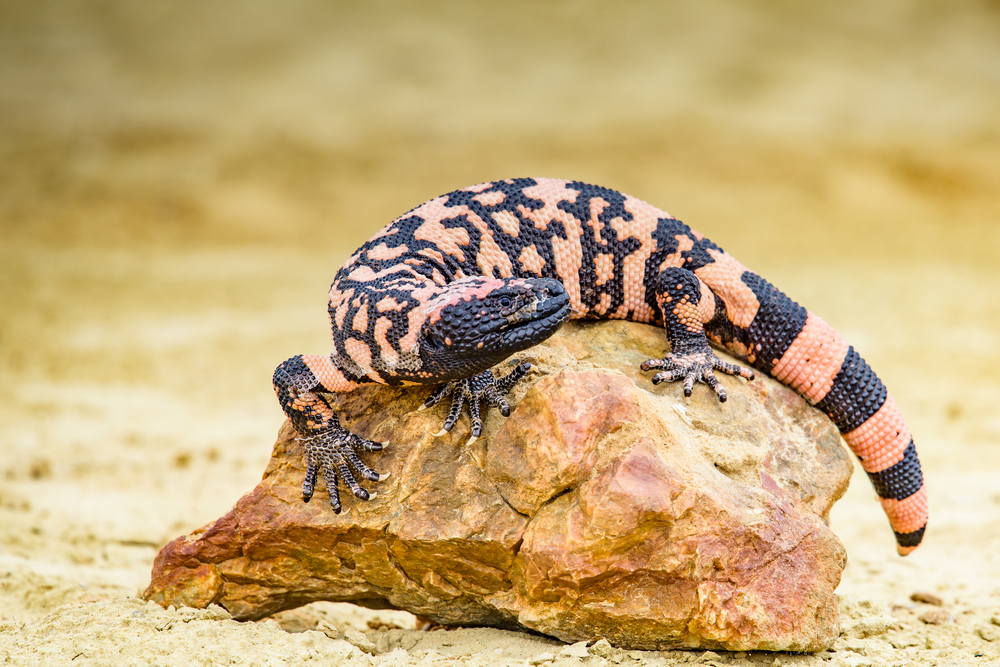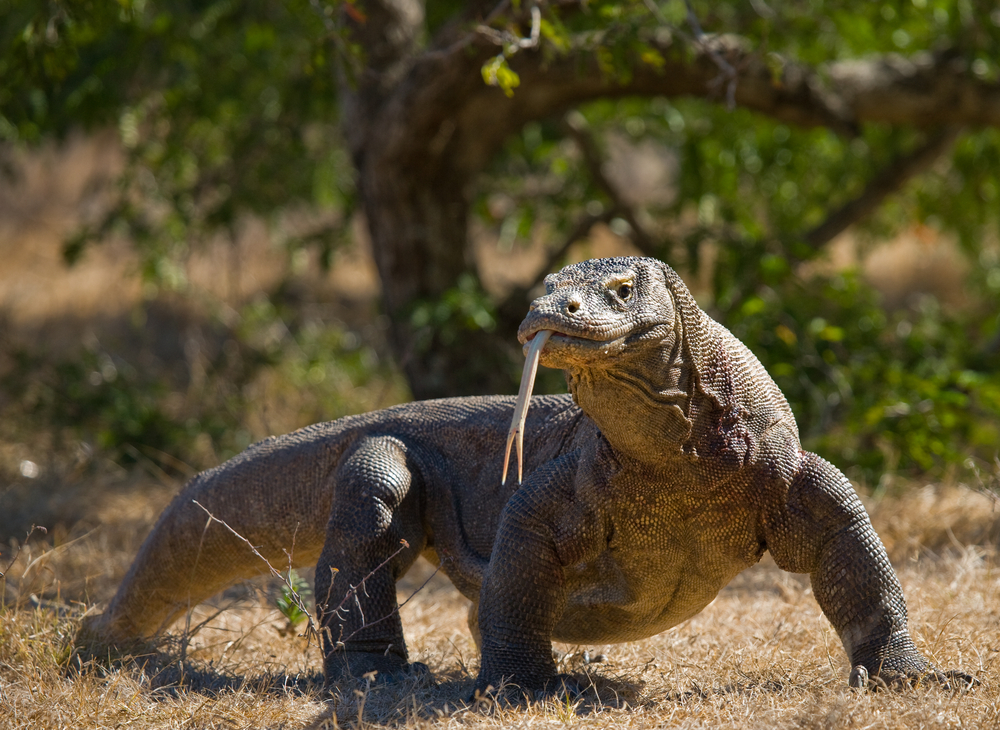Uniqueness
Jackson’s Chameleons stand out among reptiles for their prehistoric appearance, viviparous reproduction, and behavioral calmness, making them one of the most distinctive and recognizable chameleon species in the world.
Three Facial Horns (Triceratops-Like):
Males are famous for their three prominent horns—one on the nose and two above the eyes—used in combat, courtship displays, and territorial defense. These horns give the species its nickname, the “Three-Horned Chameleon,” and make it instantly distinguishable from all other chameleons.
Live Birth (Viviparity):
Unlike most chameleons that lay eggs, Trioceros jacksonii gives live birth to fully formed young after a gestation period of 6–9 months. This adaptation is especially suited to the cool, high-altitude forests of East Africa, where ground temperatures may be too unstable for successful egg incubation.
Cool Climate Specialist:
Jackson’s Chameleons are native to the montane regions of Kenya and Tanzania, often thriving at elevations of up to 2,500 m (8,200 ft). Their ability to live in cooler, misty forest environments sets them apart from most tropical reptiles.
Calm Temperament:
Compared to other chameleons, Jackson’s Chameleons are generally less aggressive and more tolerant of brief handling, especially males. While not suitable for frequent handling, their docile nature makes them popular among reptile enthusiasts and educators.
Independent Eye Movement and Precision Striking:
Like all chameleons, they can rotate each eye independently to scan for threats and prey. When ready to strike, both eyes focus forward to enable stunningly accurate tongue projection, a behavior that fascinates both scientists and casual observers.
Distinct Subspecies:
There are three recognized subspecies, each with slightly different features and ranges:
-
T. j. jacksonii (Kenyan Jackson’s Chameleon) – rare and high-elevation
-
T. j. xantholophus (Yellow-Crested Jackson’s Chameleon) – largest and most commonly seen, especially in captivity and invasive populations in Hawaii
-
T. j. merumontanus (Mt. Meru Jackson’s Chameleon) – smallest and most restricted in range
Introduced Populations:
Due to the pet trade, T. j. xantholophus has been introduced to Hawaii, where it has established self-sustaining populations—a rare case of a chameleon species thriving outside its native continent.
Jackson’s Chameleons are unique not only for their physical features, such as facial horns and live birth, but also for their adaptability, visual precision, and gentle demeanor. They are a standout species among the world’s chameleons and a favorite for observation and study.



































































